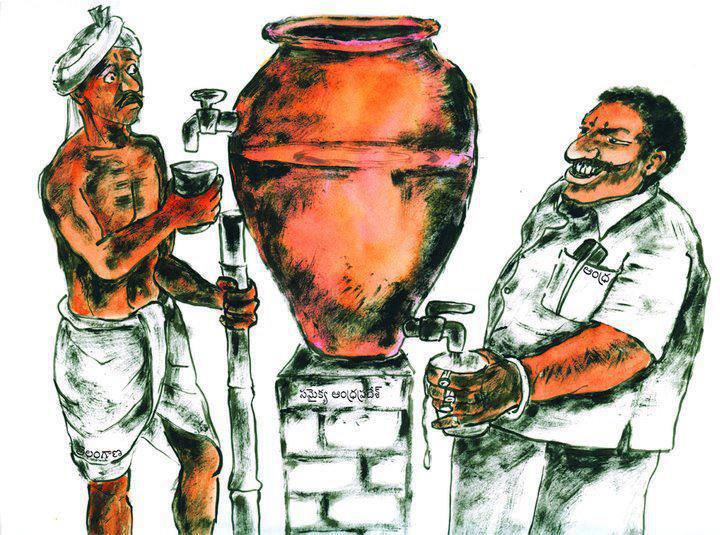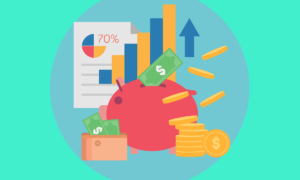According to one of the charity warning, Oxfam announced about the world’s top eight billionaires who posses the same amount of wealth as the poorest half. According to me, this seems like to be the risky concentration of wealth. The WEF, i.e., the World Economic Forum, last week said that we have two biggest risks on the global economy in the year 2017. These two factors are the ever increasing wealth inequality and social polarization. One of the most exposed risks to global economy is speculated to be the rolling back of globalization.
-
Oxfam’s Words On This Rising Inequalities
Regarding this issue, Oxfam said in Switzerland that the situation is beyond grotesque. There are just a few rich men who posses wealth that equals the amount of 3.6 billion people. These are the list of people headed by Bill Gates, Microsoft founder. Oxfam also blamed this increasing inequality on tax dodging as well as to wage restraint. Last year, Oxfam informed us that the world’s richest 62 billionaires possessed 50 % of the total wealth. This number has dropped significantly this year. The possible reason for this could be the even worse poverty situation in India and China. This has made condition of the bottom group of the population even more worse.
-
Different Index Associated With World Economic Forum
The top five places in the World Economic Forum’s development index are taken by Norway, Luxembourg, Switzerland, Iceland and Denmark. According to this growth and development report, the average income has fallen by an average of 2.4% across 26 nations, in the period from 2008 to 2013. Britain’s rank is 21st, while that of US is 23rd. There is a decline in the development index score of around 51% of the total 103 countries, over the past two years. This data clearly shows the need of public concern and the associated difficulty of the policy makers in the translation of economic growth into social progress.
-
Ever Increasing Gap Between The Rich And The Poor
If we talk about the bottom half of the world’s population, people are facing even survival problems. Moreover, 70 % of these people are living in low – income countries. World Economic Forum identified this inequality as a social stability threat four years from now. The gap between the rich and the poor is continuously widening. If we talk about the situation of poor people in India and China, they own even less amount of assets as expected. The wealth of the top group has increased at an average rate of 11%, since the year 2009.
According to reports, the wealth of the poorest 10% has increased by just $65, while at the same time; the income of the richest has increased by 1%, i.e. by $11,800. Since 2015, the 1% richest has earned more wealth than any other person. In the last year itself, free markets have helped over million people to rise out of poverty. We have to put efforts to balance out the wealth distribution, so as to bring development in each and every part of the globe.














Pingback: Ten Measures Modi & BJP Govt Need to Revive Indian Economy
Pingback: Income Inequality in India At Record High; 55% of Wealth with 10% Indians